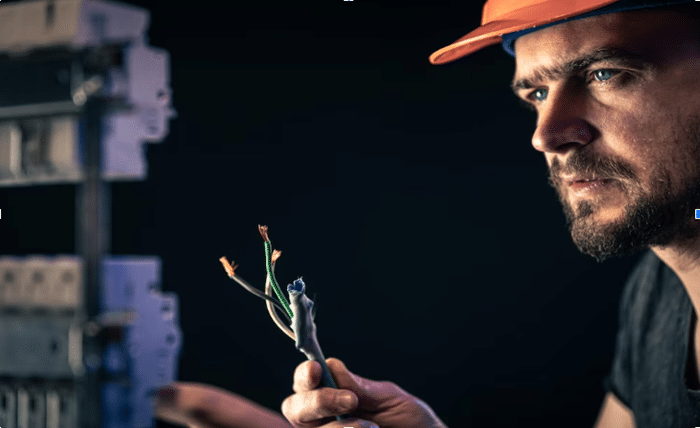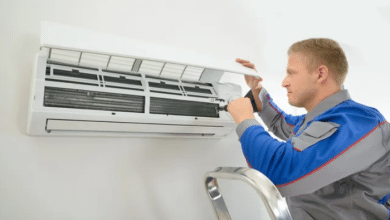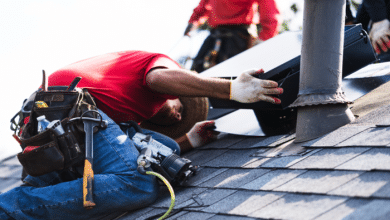
A changeover switch plays a critical role in ensuring a smooth transition between power sources, especially when switching between the main power grid and a backup generator. Whether in residential, commercial, or industrial settings, a properly installed and maintained changeover switch ensures that power flows safely and efficiently. However, improper use can lead to electrical hazards, equipment damage, and even power failures.
To help you avoid costly mistakes, here are some of the most common errors people make when using a changeover switch—and how to prevent them.
Incorrect Wiring and Installation
One of the biggest mistakes when setting up a changeover switch is incorrect wiring. Poor installation can lead to power surges, electrical shorts, or even fires. A changeover switch must be properly connected to both the main power supply and the backup generator, ensuring that they do not run simultaneously.
How to avoid it:
- Always follow the manufacturer’s wiring diagram.
- Hire a qualified Miami electrician to install the switch, especially if you are unfamiliar with electrical systems.
- Ensure that the switch is compatible with your generator and main power supply.
Choosing the Wrong Type of Changeover Switch
Changeover switches come in two main types: manual and automatic. Using the wrong type can cause operational inefficiencies or safety risks.
- Manual changeover switches require a person to physically switch between power sources. If an emergency occurs, delays in switching can result in downtime.
- Automatic changeover switches detect power loss and switch to the backup source automatically. However, they require a more complex installation.
How to avoid it:
- Determine your needs before purchasing a changeover switch. If you need an uninterrupted power supply, an automatic changeover switch is the best choice.
- For applications where brief power interruptions are acceptable, a manual switch can be a cost-effective alternative.
Overloading the Changeover Switch
Every changeover switch has a specific power capacity. Using a switch that cannot handle the electrical load of your appliances, machinery, or entire building can lead to overheating and system failure.
How to avoid it:
- Check the ampere rating of your changeover switch before installation.
- Ensure the switch can handle both the startup and running power requirements of your generator.
- If you plan to add more electrical devices in the future, consider getting a switch with a slightly higher capacity.
Failing to Test the System Regularly
Many people install a changeover switch and forget about it until there’s a power outage. If the switch is not maintained or tested periodically, it may not function properly when needed.
How to avoid it:
- Perform a monthly test to ensure the changeover switch operates smoothly.
- Inspect the switch for loose connections, corrosion, or wear and tear.
- Schedule professional maintenance checks, especially for high-load commercial or industrial setups.
Switching Power Sources While Devices Are Running
One of the most dangerous mistakes is switching between power sources while electrical appliances or equipment are still running. This can cause power surges, damaged circuits, and even electrical fires.
How to avoid it:
- Before switching power sources, turn off all connected electrical devices and appliances.
- After switching, wait a few seconds before turning devices back on to prevent sudden voltage spikes.
- If using an automatic switch, ensure it has a built-in delay mechanism to prevent abrupt transitions.
Installing the Changeover Switch in an Inaccessible Location
Some people install their changeover switches in hard-to-reach places, such as cramped electrical cabinets or high walls. This makes it difficult to operate in emergencies, especially when a manual switch is being used.
How to avoid it:
- Place the changeover switch at a convenient height where it can be accessed quickly.
- If using a manual switch, ensure it is in a location that is easy to find, even in low-light conditions.
- For outdoor installations, use a weatherproof enclosure to protect it from rain, dust, and extreme temperatures.
Not Using a Proper Earthing System
A poor or missing earthing (grounding) system can cause serious electrical hazards, including shocks and equipment damage. The purpose of grounding is to prevent excess electricity from flowing into the system in the event of a fault.
How to avoid it:
- Ensure the changeover switch and generator are properly grounded.
- Use a qualified electrician to test the earthing resistance to ensure safety.
- Never operate a generator without a proper grounding setup.
Forgetting to Turn Off the Changeover Switch When Not in Use
Leaving a manual changeover switch in the wrong position after power is restored can cause unexpected electrical issues. This can lead to a generator running unnecessarily, increasing fuel costs and wear and tear.
How to avoid it:
- Once power returns, manually switch back to the main supply and turn off the generator.
- If using an automatic changeover switch, ensure it resets properly when the main power is restored.
Ignoring Warning Signs of a Faulty Switch
Over time, changeover switches can wear out due to frequent use, poor maintenance, or electrical faults. Ignoring warning signs of a failing switch can lead to power failures or dangerous malfunctions.
Signs of a faulty changeover switch:
- Sparks or burning smells coming from the switch panel.
- Difficulty switching between power sources or delays in activation.
- Unusual noises like buzzing or humming.
- Frequent power disruptions even when switching correctly.
How to avoid it:
- Immediately replace any damaged or malfunctioning switches.
- Schedule regular inspections to identify potential issues before they escalate.
- Always use high-quality, certified changeover switches to ensure reliability and longevity.
Final Thoughts
A changeover switch is a vital component in any power backup system, ensuring a safe and efficient transition between power sources. However, incorrect installation, improper use, and poor maintenance can lead to costly and dangerous mistakes. By understanding these common errors and taking the necessary precautions, you can ensure that your changeover switch operates smoothly when you need it most.
Whether for residential, commercial, or industrial use, always consult a qualified electrician to ensure that your changeover switch is properly installed, maintained, and suited to your power needs. Taking these precautions will help protect your electrical systems, appliances, and most importantly—your safety.





